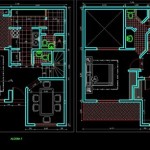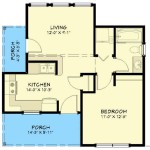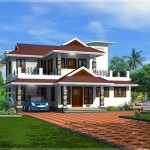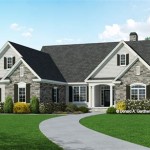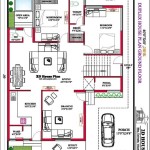Essential Aspects of Japanese House Design Plans
Japanese house design plans are renowned for their harmonious blend of aesthetics, functionality, and respect for nature. These plans incorporate traditional elements while embracing modern conveniences, creating living spaces that are both serene and efficient.
Here are some essential aspects of Japanese house design plans:
1. Genkan (Entryway):
The genkan is the designated entrance space, often sunken lower than the rest of the house. It serves as a buffer zone between the outside world and the interior, providing a place to remove shoes and transition smoothly into the home.
2. Ryokan (Guest Room):
The ryokan is a traditional guest room typically located in a separate wing of the house. It features tatami flooring, sliding shoji screens, and a tokonoma (alcove) for displaying art or seasonal arrangements.
3. Ofuro (Bath):
The ofuro is a deep, wooden soaking tub that plays a significant role in Japanese culture. It is used for both bathing and relaxation, and its design often incorporates natural elements such as stone or wood.
4. Shakkei (Borrowed Scenery):
The concept of shakkei refers to the incorporation of external scenery into the house's design. This may involve framing views of a garden, pond, or other natural feature through strategically placed windows or openings.
5. Noren (Fabric Divider):
Noren are fabric curtains hung in doorways or between rooms. They serve both as a decorative and functional element, providing privacy and dividing spaces without the need for solid walls.
6. Sliding Doors (Fusuma and Shoji):
Sliding doors, such as fusuma (opaque paper panels) and shoji (translucent paper panels), create flexible and adaptable spaces. They allow for division and separation of rooms as needed while maintaining a sense of openness.
7. Seasonal Adaptation:
Japanese house design plans often incorporate features that enhance comfort and harmony with the changing seasons. This may include adjustable screens, sliding walls, and verandas that provide shelter from the elements while allowing for fresh air and natural light.
8. Natural Materials:
Japanese house design plans emphasize the use of natural materials such as wood, paper, and stone. These materials create a warm and welcoming atmosphere, promoting a connection with nature.
9. Simplicity and Minimalism:
Japanese house design plans prioritize simplicity and minimalism. Open spaces, clean lines, and a clutter-free environment evoke a sense of tranquility and promote a harmonious living experience.
10. Respect for the Natural Environment:
Japanese house design plans reflect a deep reverence for the natural environment. They often incorporate sustainable practices, such as using eco-friendly materials and incorporating green spaces, to create homes that coexist with nature in harmony.

Hachidori Floor Plan Traditional Japanese House Japan Design Home Plans

Typical Home Layouts Differences Between Japan And Abroad

Japanese House Floor Plan Courtyard Google Search Traditional Style Plans

Japanese Home Design Ideas Pictures 331 Sqm Homestyler

The Floor Plan Of Apartments In Japan Japanese Home Archi Designer

Gallery Of Koya No Sumika Ma Style Architects 16 Minimalist House Design Japanese Home Floor Plan
In Praise Of The Japanese Imagination Houseplans Blog Com

Japanese Home Design Ideas Pictures 331 Sqm Homestyler

Traditional Japanese Architecture Tea Ceremony Japan Experiences Maikoya

22 Inspirational Modern Japanese House Designs Crafting Calm Interiors Arch2o Com


